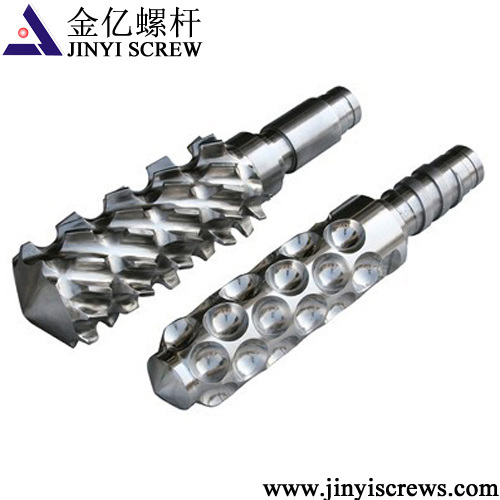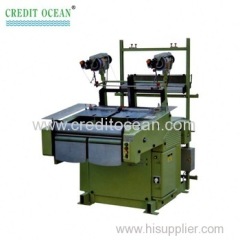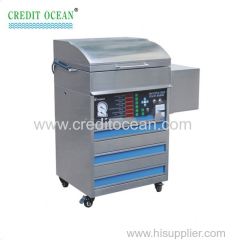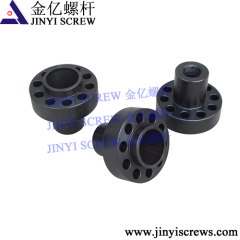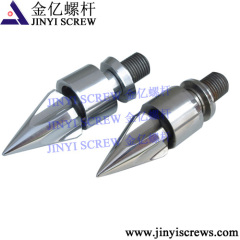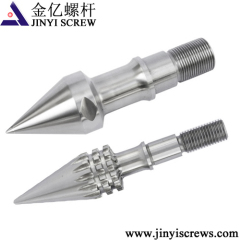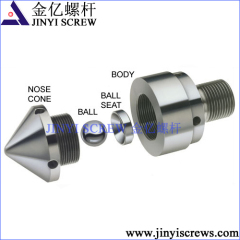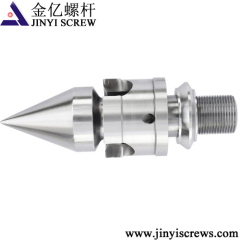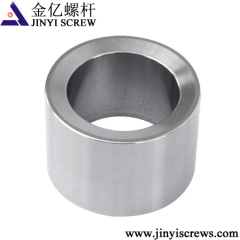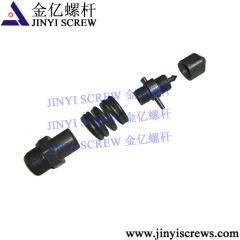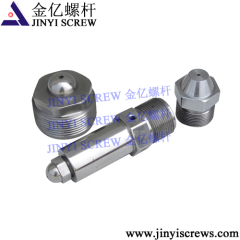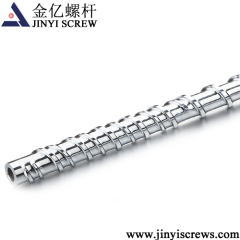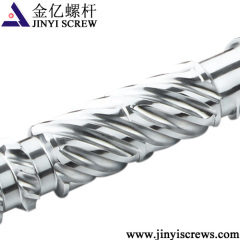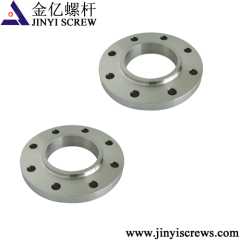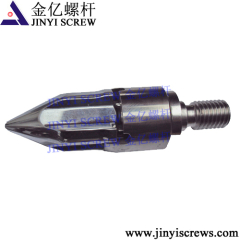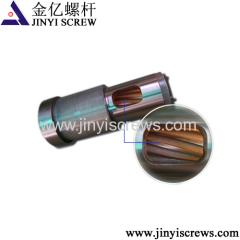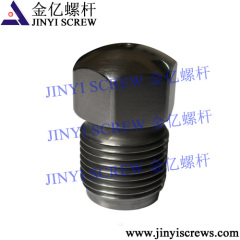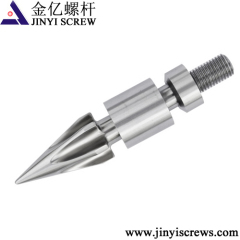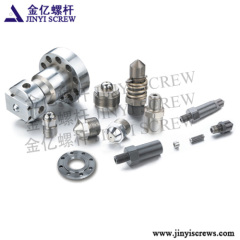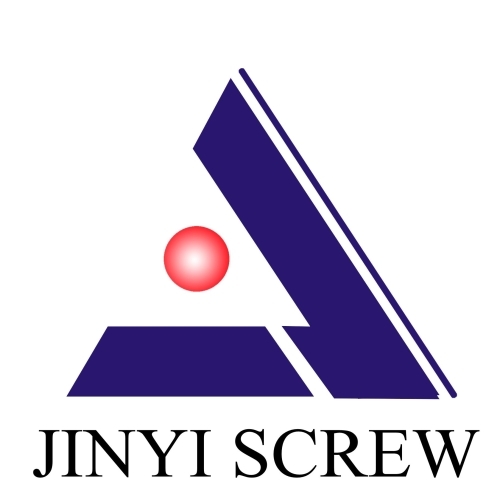
|
Ningbo Jinyi Precision Machinery Co., Ltd.
|
Plastic Machinery Screw Mixing Element
| Price: | 10.0~200.0 USD |
| Payment Terms: | T/T,WU;Paypal |
| Place of Origin: | Zhejiang, China (Mainland) |
|
|
|
| Add to My Favorites | |
| HiSupplier Escrow |
Product Detail
Screw mixer is for enhancing the effect of plasticization. Various types for choice
High quality alloy steel
Different as per different appliance
General Introduction
Almost all processes using a single screw require some degree of mixing, whether it's just to homogenize regrind with virgin resin or to mix in some color concentrate. Most polymers and additives cannot be effectively mixed until everything that can be melted is melted. As a result, melting and mixing often must be dealt with in the same screw design, although the solutions are often not the same.
In order to maintain output and accomplish the required mixing, we have created a wide variety of mixing devices. No one mixer fits all situations, so it is important to determine exactly what your overall process requirements are before selecting a mixer or even a combination of mixers.
A mixer combining strong dispersive and distributive characteristics is called the "Egan" style mixer. All of the flights are undercut so there is a lot more dispersive and distributive mixing than with the Maddock mixing section.
Typical Mixing Elements
> Maddock Mixer:
It's a popular dispersive, but also a very pressure consuming mixer, what results in a lower throughput and higher energy consumption. In the case for PP, the melt quality can be improved by reducing the barrier clearance by welding some material on the screw. This modification seems to be quite stable and doesn't affect the pressure too much
>Egan Mixer:
This dispersive mixer does consume less pressure than the Maddock mixer. Therefore it is typically a better choice for PP
>Diamond Mixer (Pineapple Head Mixer):
The pineapple mixer provides mainly distributive mixing. This is obviously a very controversial topic with opponents and advocates.
Some machinery manufacturers have reported polymer degradation with the typical square type of mixing pins often used for the processing of HMWPE. Other issues reported were spiral defects in the bottle. Some others on the other hand are very positive about the use of this type of mixer for PP.

>Pin Mixer:
Mixing pins are typically placed in rows around the screw root. They tend to interrupt the laminar flow of the resin what causes mainly distributive mixing. In order to be efficient, the pins should be located in the metering section after most of the melting has taken place.
>Cavity Transfer Mixer
The cavity transfer mixer has semi-spherical cavities in the rotor & barrier housing. The combination of shearing & re-orientation appears to give good distributive mixing.

